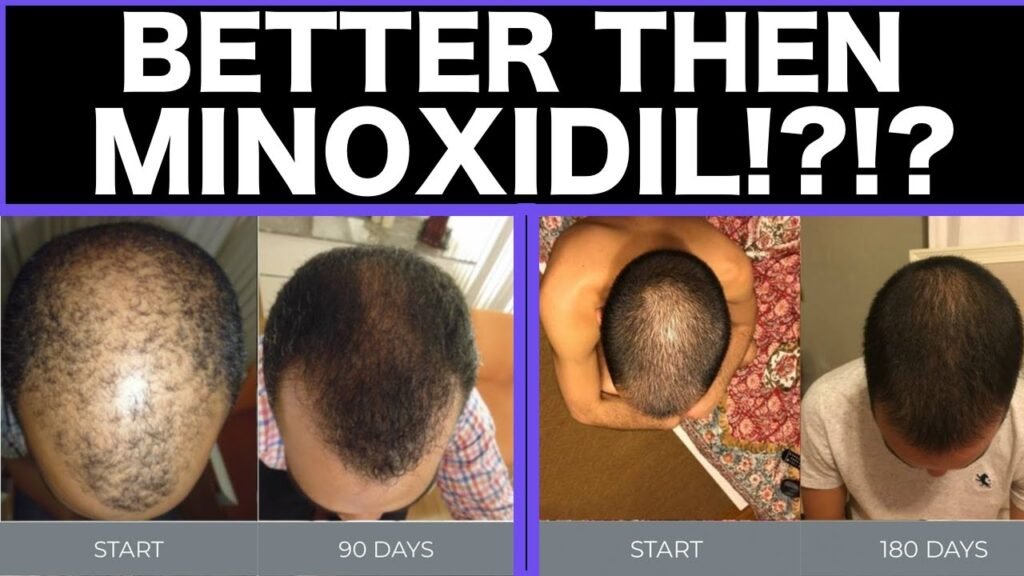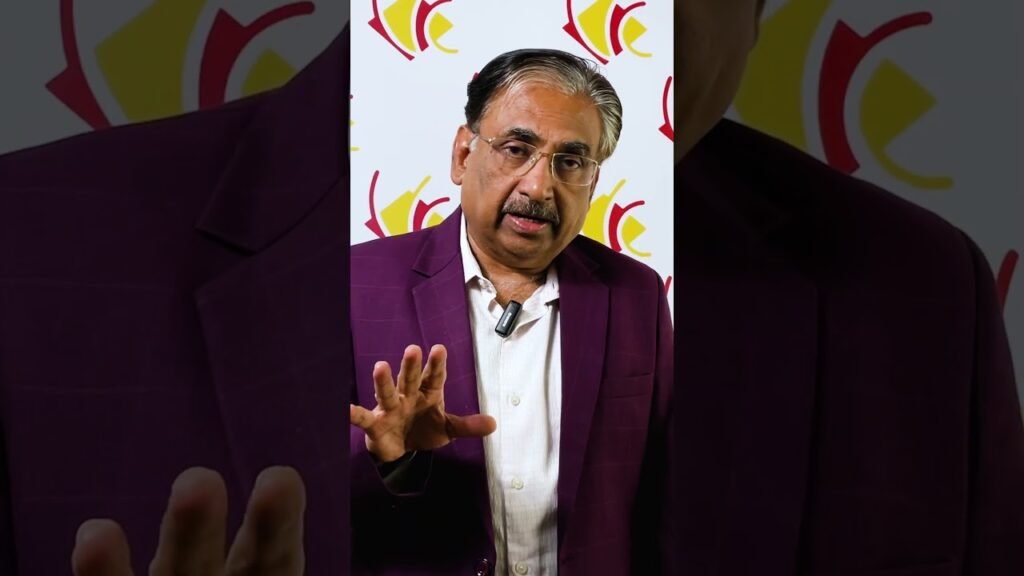Key differences between Oral minoxidil vs topical
When comparing oral minoxidil and topical minoxidil, its essential to understand their distinct mechanisms of action and application methods. Oral minoxidil is ingested in pill form, allowing the medication to work systemically. It is primarily prescribed for treating high blood pressure but has been used off-label for hair growth. In contrast, topical minoxidil is applied directly to the scalp, where it acts locally to stimulate hair follicles, making it a popular choice for addressing hair loss and thinning.
Effectiveness and Usage
The effectiveness of these two forms of minoxidil can vary based on the individual and the condition being treated. Oral minoxidil may offer a more robust systemic effect, potentially resulting in more widespread hair growth. However, this can also lead to unwanted hair growth in other body areas. Topical minoxidil, on the other hand, is targeted specifically at the scalp, making it more suitable for localized treatment of androgenetic alopecia. Users often prefer topical application due to its focused action and reduced risk of systemic side effects.
Side Effects and Considerations
Another significant difference between oral and topical minoxidil is their side effect profiles. Oral minoxidil can cause systemic side effects such as changes in blood pressure, fluid retention, and increased heart rate. These potential side effects necessitate careful monitoring by healthcare professionals. In contrast, topical minoxidil is generally associated with fewer systemic side effects, with users typically experiencing local irritation, itching, or redness at the application site. This makes topical minoxidil a more accessible option for those concerned about systemic reactions.


